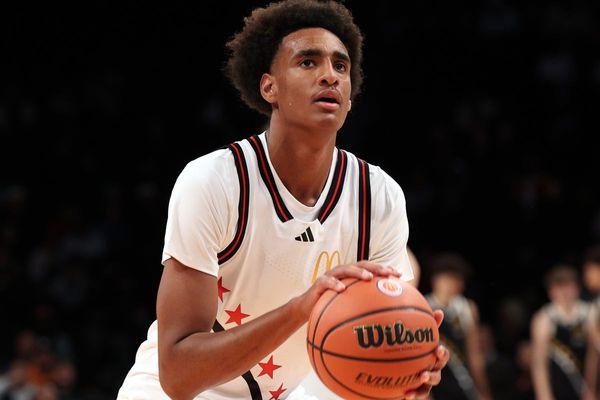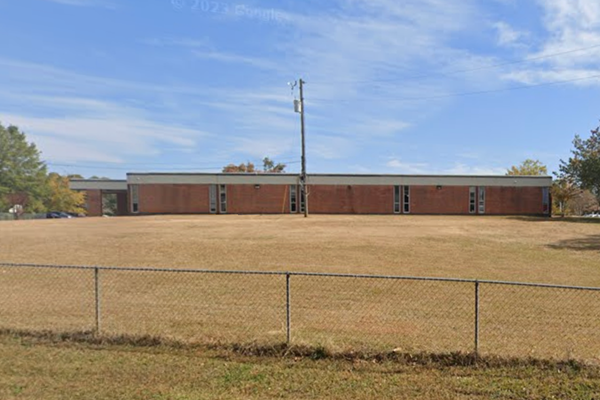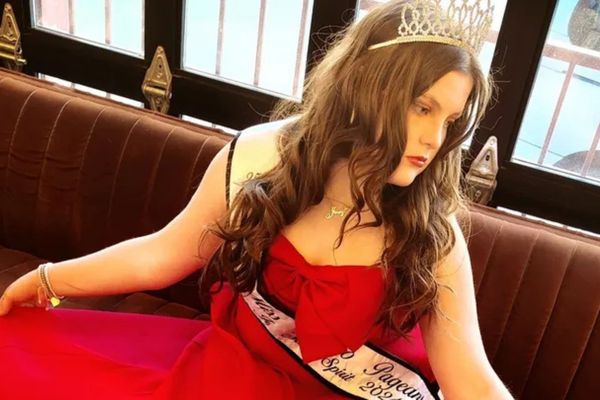
Riya Rajesh was 17 when her family gathered around the TV to watch Scott Morrison’s “miracle” election win in 2019. “I remember feeling heartbroken because I didn’t get to have a say in the result,” she says.
Now 20, Rajesh voted for the first time at the federal election in May and is excited to head back to the polling booth for the Victorian election in November.
“Voting for the first time in both a federal and a state election is a bit intense but it’s really exciting,” she says. “I’ve been wanting to vote for years and so many of the people I know that are my age feel the same – we’re all just really keen to finally have a say on the issues that affect us.”
Rajesh is one of about 200,000 additional Victorians – largely young people and new citizens who have migrated from such countries as China and India – set to vote in the state election, when compared with 2018.
Kos Samaras is a former Victorian Labor assistant state secretary who is now a pollster with RedBridge Group. He says this surge in the number of new voters can be credited to a “massive population boom” in the state prior to the Covid-19 pandemic.
“What it’s done is completely change the shape of Victoria’s electoral roll in a decade and it will have a massive impact on politics in this state,” Samaras says.
Then there are the internal migration trends. Many have abandoned the inner city and moved to the urban fringe or regional Victoria.
Dr Thomas Wilson, a demographer at the University of Melbourne, says available data suggests Melbourne’s population has dropped during Covid-19 and regional Victoria’s has continued to grow.
“This is largely because Melbourne hosts the vast majority of overseas migrants in the state and they weren’t coming for almost two years, while many were going back home because they lost their jobs or couldn’t afford to study any more,” he says.
“But from an electoral point of view, those migrants were yet to become citizens and wouldn’t have been enrolled to vote.”
He says it remains to be seen if the population growth outside Melbourne – in areas such as the Mornington peninsula, Geelong and the Surf Coast – will continue.
“Some people may have just decamped temporarily – we don’t know for sure just yet,” Wilson says, pointing to census data to be released in October.
Demographer Simon Kuestenmacher says the trend has been partly driven by the pandemic but believes it will continue for at least another decade, given the lack of affordable housing in the inner city for millennials as they start families.
“You can kind of squish a little kid into a one- or two-bedroom apartment at first, but sooner or later you are looking for a three- or four-bedroom house because you will want one or two more kids, and you might want to have a Zoom room if the parents, are working remotely some or all of the time,” he says.
“These homes are not available in the inner suburbs, where they currently are living. They’re not available in the middle suburbs, as empty-nesters are not yet downsizing and they’re also great nimbys – they make sure that there is no development happening in those suburbs.

“So millennials are essentially skipping the middle suburbs and moving to suburbia, or Geelong, or really anywhere within a two-hour drive around Melbourne.”
Kuestenmacher expects to see an increase in votes for progressive parties outside Melbourne as a result.
A generational shift in the electorate is also emerging.
Samaras says millennials, aged 25-39, made up 18% of the roll in 2012 and baby boomers 56%. This year, millennials will make up 36% of the roll and baby boomers 39%.
Meanwhile, gen Z, aged 10-24, weren’t old enough to be on the roll in 2012 but have now begun voting.
“What we do know through the research we’ve done is one in five millennials tend to vote for the Coalition, about two in five vote for Labor and then the remaining group vote for the Greens and other minor parties [and] independents,” Samaras says.
“In addition to this, younger boomers are taking their politics with them as they get older. If they were voting progressive in their 40s, they are voting progressive in their late 50s and 60s.”
He says it’s left the Coalition “running out of voters” in Victoria.
“You can see the impact of this at the federal election in the seats of Goldstein and Kooyong. Young people voted for the independents in those seats, but they did also secure a smaller, albeit sizeable, portion of boomers who were younger and more progressive,” Samaras says.
He says renters are also emerging as a key voting block at the election in inner-city seats such as Caulfield and Hawthorn, which are held by the Liberals and Labor respectively on razor-thin margins.
Renters make up 39% and 40% of voters in the two electorates, where independent candidates are also set to run.
It is a similar situation in the seats of Albert Park, Richmond and Northcote, where Labor is fending off challenges from the Greens.
“As someone looking to enter the rental market, it’s definitely scary to see rental prices as they are and as fluctuating as they are,” Rajesh says.
“But it’s not really a choice for a lot of people. There’s an inabilty to own a home without extra help now and a lot of people don’t have that.”
As her first state election nears, Rajesh says she wants to see the government invest in more affordable housing and rental options, go further to tackle climate change and transition from coal, and provide better mental health, drug and alcohol services, and more public transport options.
She also wants to see more young, culturally diverse women and First Nations people elected to the Victorian parliament.
“What we saw at the federal election in that respect was a great start, but there’s more to be done,” Rajesh says.







